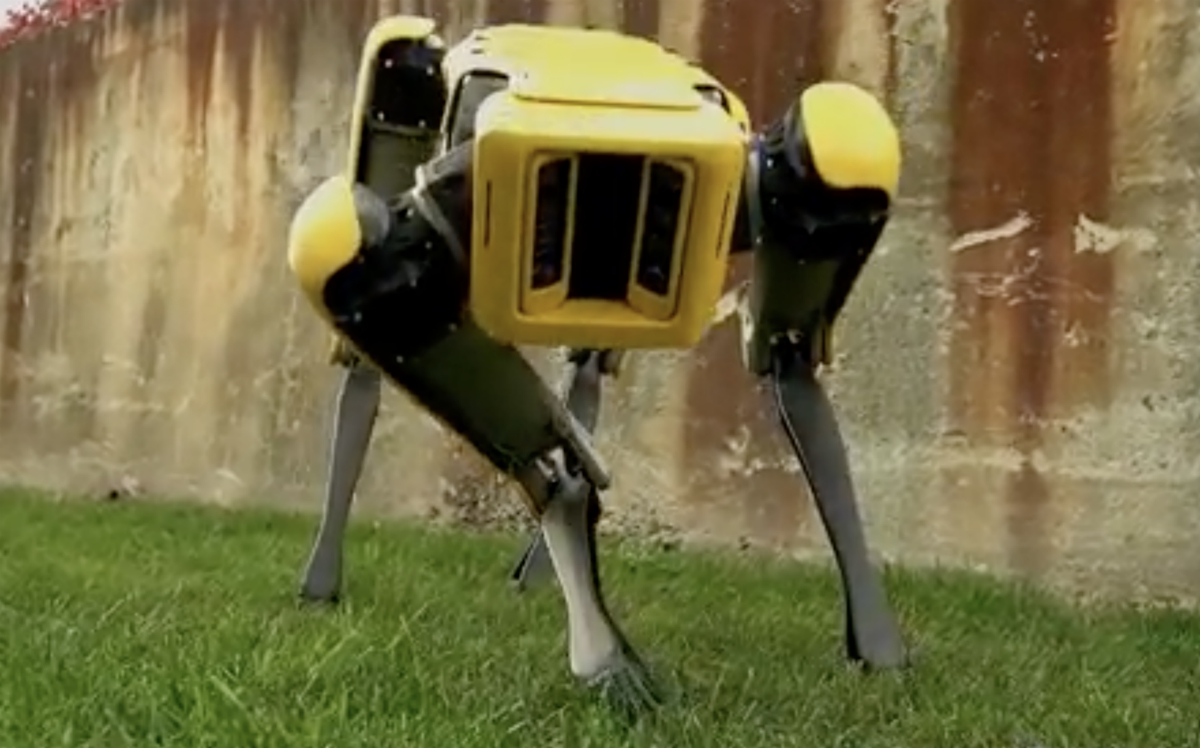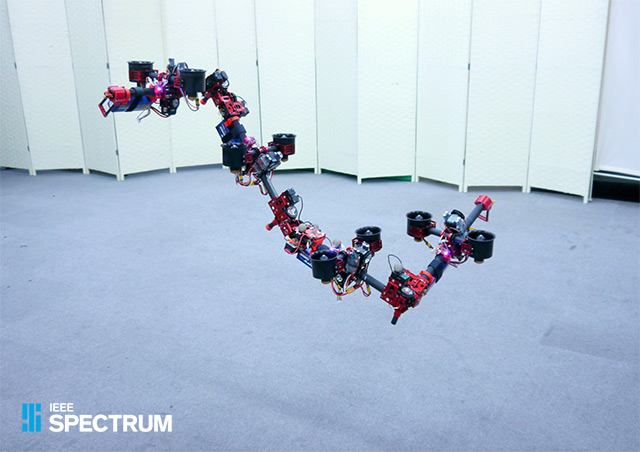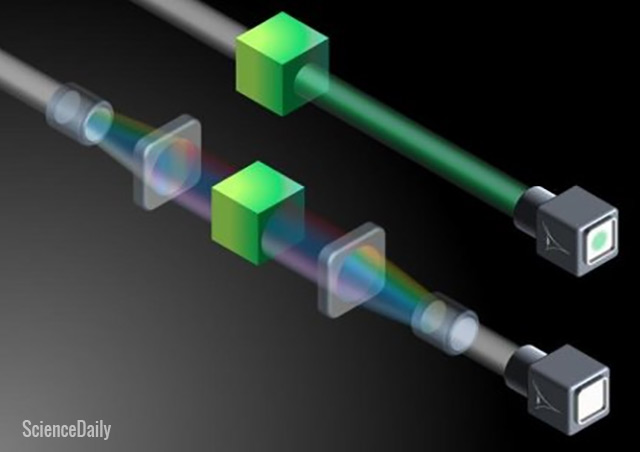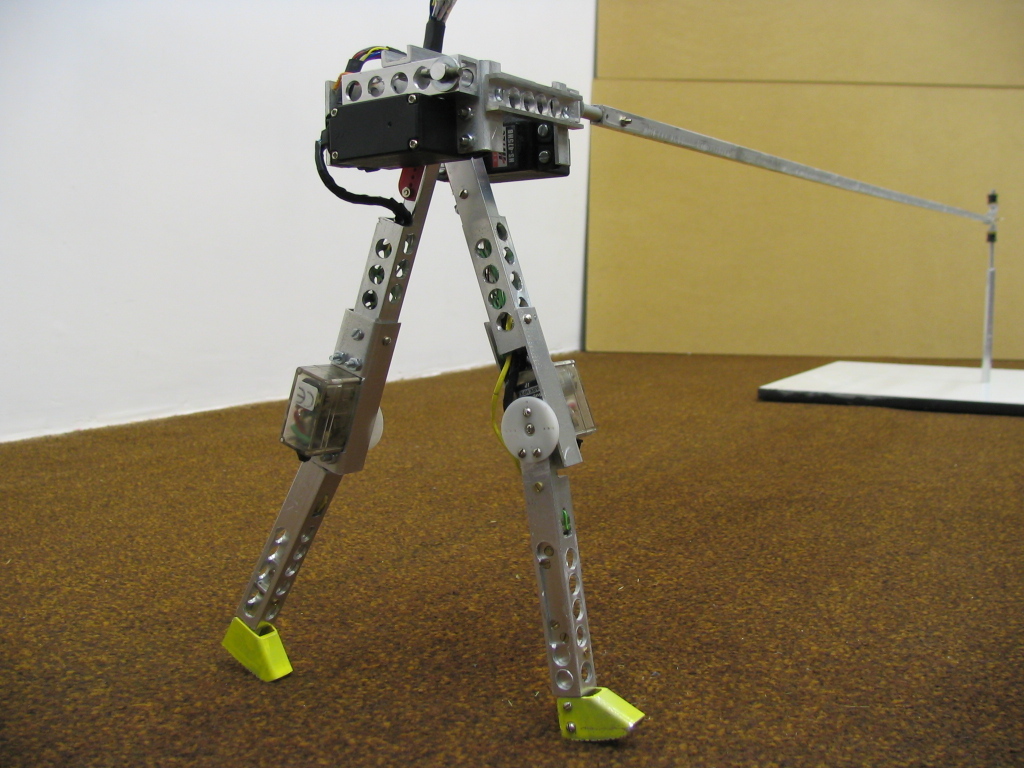Cool tech: Engineers have invented a programmable, stretchable skin inspired by octopus camouflage
10/13/2018 / By Janine Acero
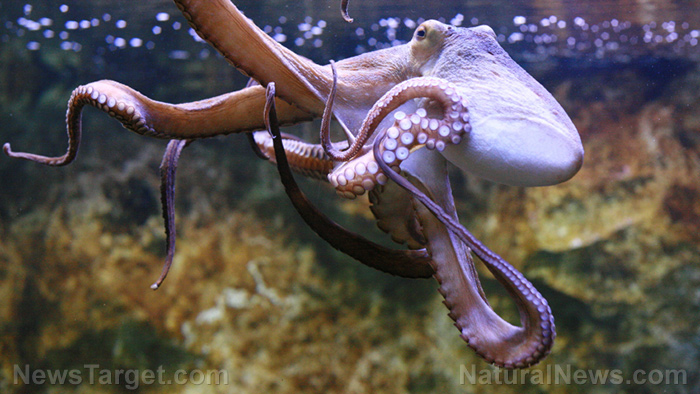
Engineers from Cornell University have developed a programmable texture-morphing synthetic skin inspired and modeled by octopus and cuttlefish camouflage. The team studied octopus and cuttlefish, alongside collaborator and cephalopod biologist Roger Hanlon of the Marine Biological Laboratory (MBL), to develop the synthetic skin. The material takes the cue from the 3D bumps or papillae that octopuses and cuttlefish are able to manipulate and manifest in seconds for a lightning-fast camouflage.
According to Hanlon, who is the leading expert on cephalopod dynamic camouflage, many animals have papillae but are not able to extend and retract them as fast as octopuses and cuttlefish do. (Related: In spite of their seemingly ‘simple’ nervous systems, squid and octopuses possess complex intelligence.)
“These are soft-bodied mollusks without a shell; their primary defense is their morphing skin,” said Hanlon. “In the European cuttlefish, at least nine sets of papillae are independently controlled by the brain. And each papilla goes from a flat, 2-D surface through a continuum of shapes until it reaches its final shape, which can be conical or one of a dozen possible shapes. It depends on how the muscles in the hydrostat are arranged.”
Study author and lead James Pikul said that while engineers have developed a lot of sophisticated ways to control soft, stretchable materials, they wanted to accomplish this in a fast, strong, and easy to control way much like cephalopods.
“We were drawn by how successful cephalopods are at changing their skin texture, so we studied and drew inspiration from the muscles that allow cephalopods to control their texture, and implemented these ideas into a method for controlling the shape of soft, stretchable materials.”
The papillae and the rest of the tissues that octopuses and cuttlefish use are solely for camouflage, according to Hanlon. The study opens up opportunities for potential applications. “This is a classic example of bio-inspired engineering,” said Hanlon.
Nature’s shape-shifters
Cephalopods such as octopus and cuttlefish have some of the most dynamic camouflage of any animal. Most people would think of a chameleon as a master at camouflage, and while that is true, octopuses and cuttlefish have the advantage of speed – it only takes a third of a second for them to completely change their appearance in order to disappear into the background.
The secret to an octopus’ instantaneous camouflage lies in sophisticated tissues called chromatophores and papillae that enable it to blend in with its surroundings and avoid detection by predators or rivals.
Chromatophores are pigment sacs triggered by muscle activity to pull the tissue outward or inward, making the colors expand or contract under the skin. The chromatophores are controlled neurally, which makes octopuses and cuttlefish able to change color in milliseconds.
Papillae are sections of the skin that can be deformed to change texture, making the surface of the skin look smooth, bumped or spiked, depending on the environment in which the octopus or cuttlefish decides to blend. These tissues give the skin a 3-D surface, which enables the animal to mimic all kinds of background such as coral reef and seaweed.
Papillae are examples of muscular hydrostat – biological structures consisting mainly of muscles with no skeletal support. Another example of a muscular hydrostat is the human tongue. In this regard, the skin of octopuses and cuttlefish is seemingly covered in many small tongues.
Keep yourself updated with more news on awesome technology at Research.news.
Sources include:
Tagged Under: 3D skin, camouflage, cephalopods, discoveries, engineering, future science, future tech, inventions, Marine Biological Laboratory, octopus, Roger Hanlon, synthetic skin, weird science

